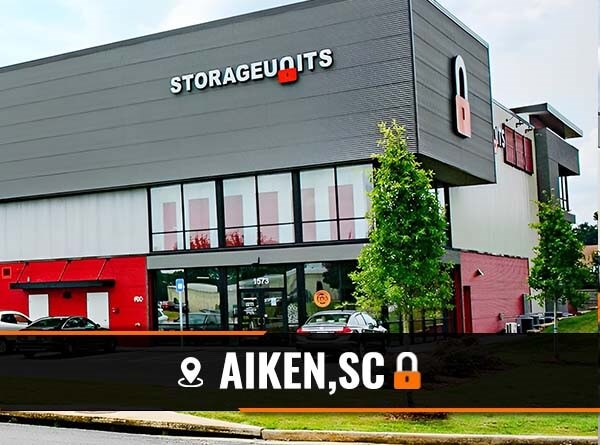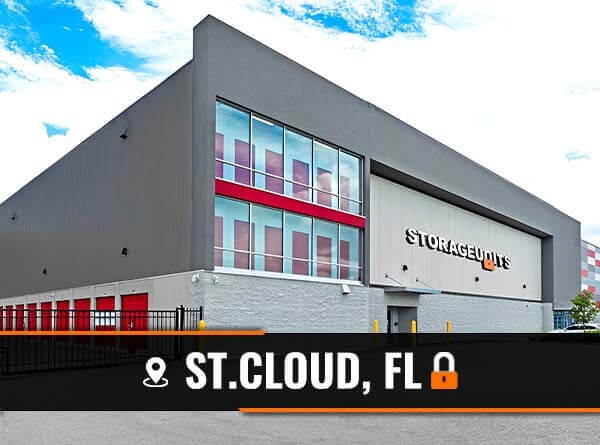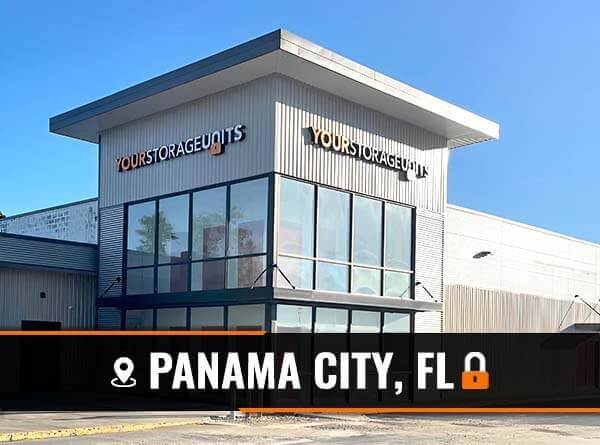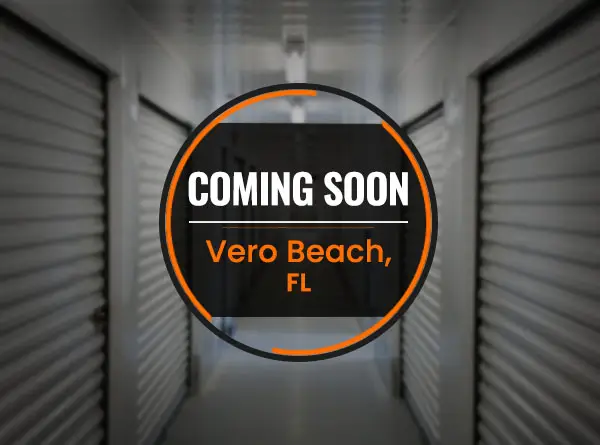What to look for before investing passively in self-storage facilities
through a fund or syndication?
With the rise of the sharing economy and increasing urbanization, self-storage facilities have become a popular investment option for both individual and institutional investors. However, before investing in self-storage facilities, it is important to do your due diligence and carefully evaluate the fund or syndication you are considering. Here are some key factors to consider before investing passively in self-storage facilities:
Location
The location of the self-storage facility is one of the most important factors to consider before investing. Look for facilities located in areas with high demand for storage space, such as densely populated urban areas or areas with a high concentration of small businesses. Also, consider the proximity of the facility to major highways, transportation hubs, and other key amenities.
Occupancy Rates
Occupancy rates are another important factor to consider when evaluating a self-storage facility. Look for facilities with high occupancy rates, which can indicate strong demand and a healthy market. Ask for historical occupancy rates and projections for future occupancy rates to get a sense of the facility’s long-term potential.
Rent Growth
Rent growth is another key indicator of the health of the self-storage market. Look for facilities with strong rent growth over time, which can be a sign of increasing demand and a tight supply of storage units in the area. Consider both historical rent growth and projections for future rent growth when evaluating a potential investment.
Management Team
The management team of the fund or syndication is another critical factor to consider. Look for experienced professionals with a track record of success in the self-storage industry. Evaluate the team’s experience in acquisitions, operations, and marketing to determine their ability to successfully manage and grow the facility.
Fees And Expenses
Fees and expenses associated with investing in a self-storage fund or syndication can vary widely. Look for a clear and transparent fee structure, and carefully evaluate the costs associated with the investment. Consider both upfront fees, such as acquisition fees, and ongoing expenses, such as property management fees and operating expenses.
Exit Strategy
Finally, consider the exit strategy for the investment. Look for a clear and well-defined exit strategy, which may include a sale of the property, a refinancing, or a buyout of other investors. Consider the timeline for the exit strategy, as well as the potential returns and risks associated with the strategy. In conclusion, investing passively in self-storage facilities through a fund or syndication can be a smart way to diversify your investment portfolio. However, it is important to carefully evaluate the investment opportunity and consider key factors such as location, occupancy rates, rent growth, management team, fees and expenses, and exit strategy before making a decision. By doing your due diligence, you can increase your chances of success and minimize your risks when investing in self-storage facilities.














